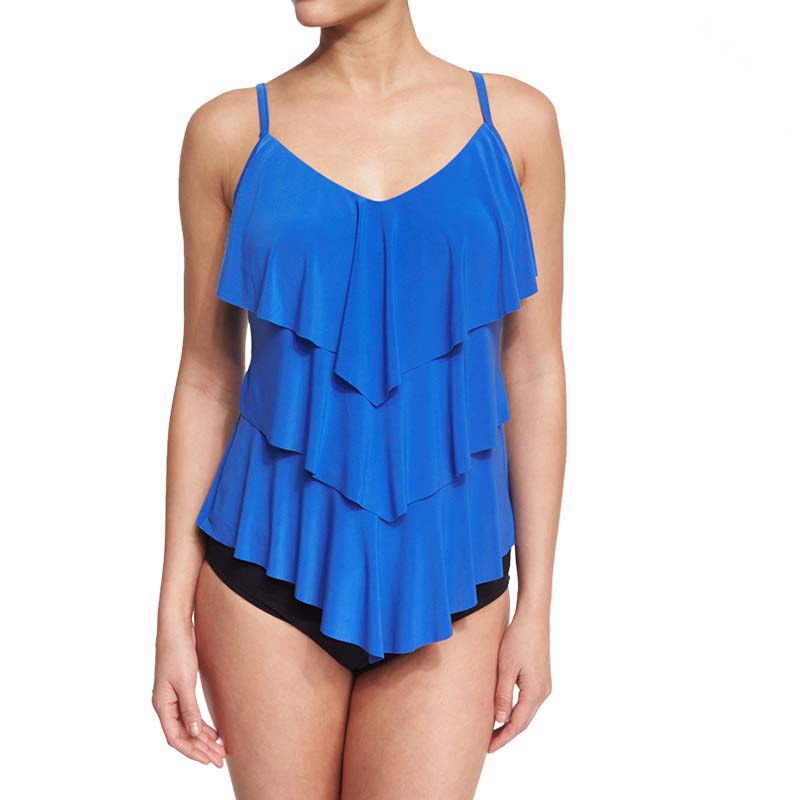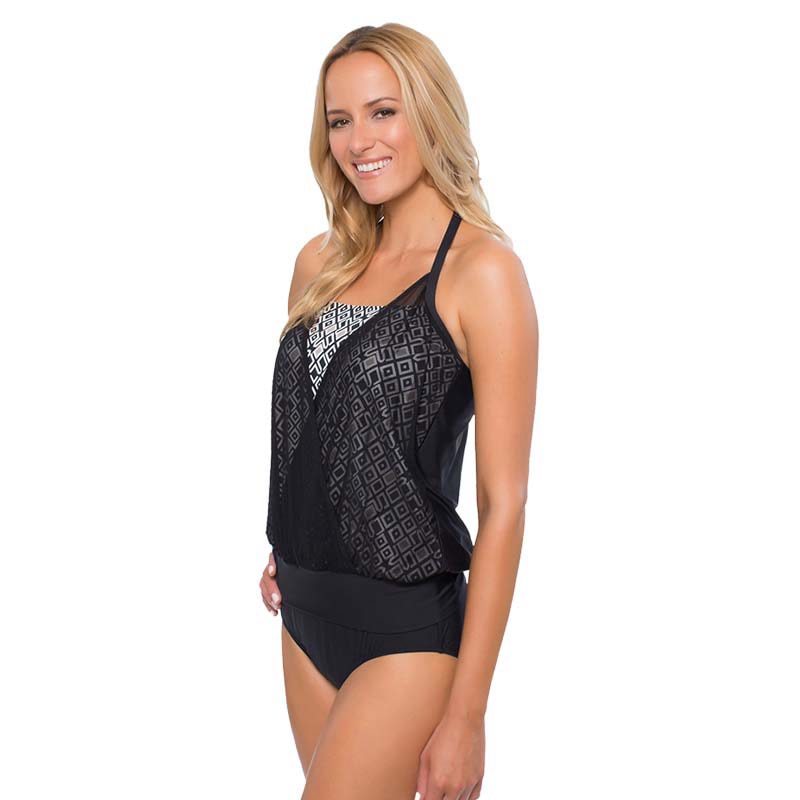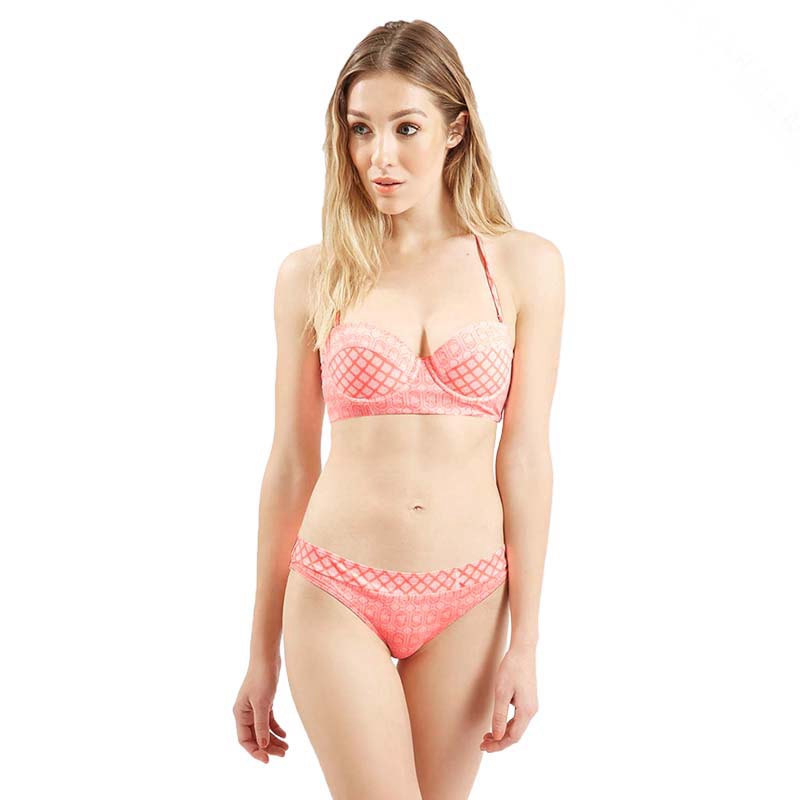Introduction
I remember the first time I decided to sew my own swimwear. The excitement and anticipation were overwhelming, but so were the challenges that lay ahead. Sewing swimwear might seem daunting, but with the right guidance and tools, it’s achievable. In this guide, I’ll take you through a detailed, step-by-step approach on how to sew swimwear, ensuring your creation is both stylish and durable. Let’s dive in!
How to Sew Swimsuit Fabric | Swim Fabric Sewing Guide
Sewing swimsuit fabric involves unique challenges compared to regular fabrics. Swimsuit fabrics are typically stretchy and slippery, requiring special techniques and tools for optimal results. Here’s your comprehensive guide on how to handle these materials.
What are the Best Fabrics to Use When Sewing a Swimsuit?
- Nylon Spandex: This fabric offers excellent elasticity and strength, making it perfect for swimwear. It holds up well in water and provides a comfortable fit. I love using it for its longevity and flexibility.
- Polyester Spandex: Known for its chlorine resistance, this fabric maintains color and shape better over time. It’s a fantastic option if you’re looking for durability in your swimwear.
- Lycra: Lycra provides a smooth fit and significant stretch, making it ideal for athletic swimwear.
Tips for Sewing Swimsuits
Preparation is key when it comes to sewing swimwear. Gathering the right materials and setting up your workspace can make the process much smoother. Here are some essential tips:
Before You Start:
Thorough preparation saves time and reduces frustration. Check that your sewing machine is in good working order and set up on a sturdy surface. Gather all your tools in one place for easy access.
You Will Need:
- Fabric: 1-2 meters of Nylon Spandex, Polyester Spandex, or Lycra.
- Thread: Polyester thread for its strength and elasticity.
- Needles: Use ballpoint or stretch needles to avoid fabric damage.
- Elastic: 1-2 meters of swimwear elastic, crucial for waistbands and leg openings.
- Seam Ripper: Essential for correcting mistakes.
- Pins/Clips: Clips are preferable to avoid puncturing the fabric.
- Scissors: Sharp fabric scissors for clean cuts.
- Rotary Mat & Cutter: Helps in precise cutting of the fabric.
- Acrylic Ruler: For accurate measurements and cuts.
Construction Tips:
Needle Types for Sewing Swimwear Fabric
The correct needle type is essential for sewing swimwear. I always use ballpoint or stretch needles because they glide through the fabric without causing snags or skipped stitches. These needles are specially designed for knit and stretch fabrics, ensuring smooth seams.
Thread Types for Sewing Swim Fabric
When sewing swimwear, polyester thread is the best choice. It’s durable, elastic, and resistant to chlorine, ensuring your stitches hold up in water. Avoid cotton thread as it lacks the necessary stretch and can break easily.
Stitch Types for Sewing a Swimsuit
- Zigzag Stitch: Ideal for seams as it allows the fabric to stretch and move comfortably.
- Triple Stretch Stitch: Adds extra strength to seams, preventing them from popping.
- Overlock Stitch: Ensures clean, finished edges and maintains elasticity.
How to Sew Swimsuit Fabric Lining
For lining your swimsuit, use a stretchy mesh or powernet. This adds support and prevents transparency. Cut the lining pieces the same size as your main fabric and sew them together using a zigzag stitch, ensuring both layers stretch together.
How to Apply Elastic
Applying elastic correctly is crucial for a comfortable and secure fit. Use swimwear elastic specifically designed to withstand chlorine and saltwater. Measure and cut the elastic to fit snugly around the leg and arm openings. Sew it using a zigzag stitch, stretching the elastic slightly as you go to ensure it lays flat.
How to Finish the Edges
Finishing edges is important for a professional look. Use a zigzag or overlock stitch to prevent fraying and give clean edges. Always practice on a scrap piece of fabric first to fine-tune your settings.
Use Swimwear Elastic
Invest in high-quality swimwear elastic. It’s designed to endure the harsh conditions of swimming pools and beaches. This ensures your swimsuit maintains its shape and elasticity over time.
Use Stretch Stitches
Stretch stitches like the zigzag or triple stitch are essential for sewing swimwear. They allow the seams to move with the fabric, preventing breaks and maintaining the garment’s integrity.
Handle with Care
Swimsuit fabric is delicate and should be handled gently. Avoid pulling or stretching it while sewing to prevent distortion.
Skip the Iron
Swimsuit fabric doesn’t tolerate high heat well. Use a steamer if necessary, but avoid direct iron contact to prevent melting. Press lightly and use a pressing cloth if needed.
D.I.Y. Stripes
For a stylish touch, add stripes to your swimwear. Attach fabric tape to mark straight lines and sew along them. This technique works well for creating a sporty look with precision and ease.
Swimwear Sewing Techniques
Making Fitting Alterations
Achieving the perfect fit is crucial for comfort and functionality. Try on your swimsuit during the construction phase and pin for adjustments. Make small alterations to ensure a snug yet comfortable fit.
Hacking the Pattern
Don¡¯t be afraid to customize your pattern. Modify the neckline, add cut-outs, or change the leg cut to create a unique design. This personal touch makes your swimsuit truly one-of-a-kind.
Step-by-Step Videos
Step-by-step videos are incredibly helpful for visual learners. Platforms like YouTube offer numerous tutorials that break down the sewing process. Watching these can provide clarity and confidence, helping you navigate complex steps with ease.
Class Curriculum
Enrolling in a class dedicated to swimwear sewing can significantly boost your skills. Structured lessons and expert guidance provide valuable insights and personalized feedback, accelerating your learning curve.
FAQ
Can you sew swimwear on a regular sewing machine?
Yes, you can sew swimwear on a regular sewing machine. Just ensure you use the right needles, thread, and stitch settings for the best results.
Is it hard to sew your own swimsuit?
Sewing a swimsuit can be a bit challenging due to the stretchy fabric, but with practice and patience, it’s a rewarding endeavor anyone can master.
What stitch is best for swimwear?
The zigzag stitch is often the best for swimwear because it allows for stretch, which is crucial for maintaining the garment’s shape and durability.
How to sew swimwear fabric for beginners?
Beginners should start with simple patterns and focus on using stretch stitches like the zigzag stitch. Practice on scraps to get a feel for the fabric before sewing your swimsuit.







